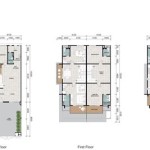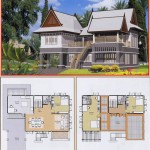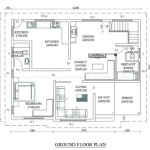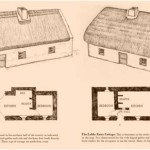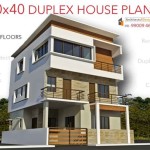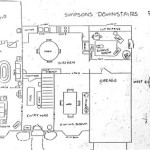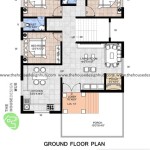Essential Aspects of Plans for Tiny Houses on Wheels
Tiny houses on wheels have gained immense popularity due to their affordability, sustainability, and flexibility. However, it is crucial to carefully consider the planning phase to ensure a successful and enjoyable tiny house experience. Here are some essential aspects to keep in mind:
Layout and Space Planning
Optimizing space is key in tiny houses. The layout should allow for comfortable living, efficient storage, and easy flow of movement. Consider the placement of windows, furniture, and appliances to maximize natural light and create an inviting atmosphere.
Structural Integrity and Foundation
Tiny houses on wheels must be structurally sound to withstand the stresses of transportation and use. The foundation, whether it's a trailer or a frame, should be designed to support the weight of the house and distribute the load evenly.
Plumbing and Electrical Systems
Tiny houses have limited space, so it's essential to plan and install plumbing and electrical systems efficiently. Consider water filtration, waste management, and electrical wiring in a compact and accessible manner.
Kitchen and Appliances
Even though tiny houses are small, the kitchen is still an important space. Plan for a functional layout that includes appliances such as a refrigerator, microwave, and sink. Maximize storage with clever solutions like built-in cabinets and fold-away counters.
Sleeping Arrangements
Sleeping arrangements in tiny houses can vary. Some plans feature lofts or bunk beds to create sleeping spaces above ground level, while others utilize pull-out sofas or Murphy beds for versatile sleeping options.
Storage and Organization
Storage is paramount in tiny houses. Plan for ample storage solutions by incorporating drawers, shelves, and built-in compartments throughout the space. Consider vertical storage to maximize wall space and keep the house organized.
Ventilation and Windows
Proper ventilation is essential for a healthy and comfortable indoor environment. Plan for sufficient windows to allow natural airflow and prevent moisture buildup. Consider skylights or roof vents to enhance ventilation further.
Budget and Timeline
Set a realistic budget and timeline for your tiny house project. Consider the cost of materials, labor, and transportation. Breaking down the project into phases can help you stay organized and on track.
Conclusion
Planning a tiny house on wheels requires careful consideration of various aspects. By paying attention to layout, structural integrity, plumbing and electrical systems, kitchen and appliances, storage, ventilation, and budget, you can create a functional and enjoyable tiny home that meets your needs. Remember to consult with architects, engineers, or contractors if needed to ensure a safe and successful tiny house experience.

224 Sq Ft Tiny House On Wheels By Living Homes Small Diy Floor Plans

Escape Traveler A Tiny House On Wheels That Comfortably Sleeps 6 Floor Plans Trailer

Tiny House Floor Plans 32 Home On Wheels Design

Design A Tiny House On Wheels Tips And Tools For Diyers

Tiny House Plans The Project

Free Tumbleweed Diy Tiny House Plans Houses

Tiny House Floor Plans 32 Long Home On Wheels Design

How To Pick The Best Tiny House On Wheels Floor Plan Wayward Home

27 Adorable Free Tiny House Floor Plans Craft Mart

Tiny House Plans On Wheels Main Floor Bedroom Office Lofts

